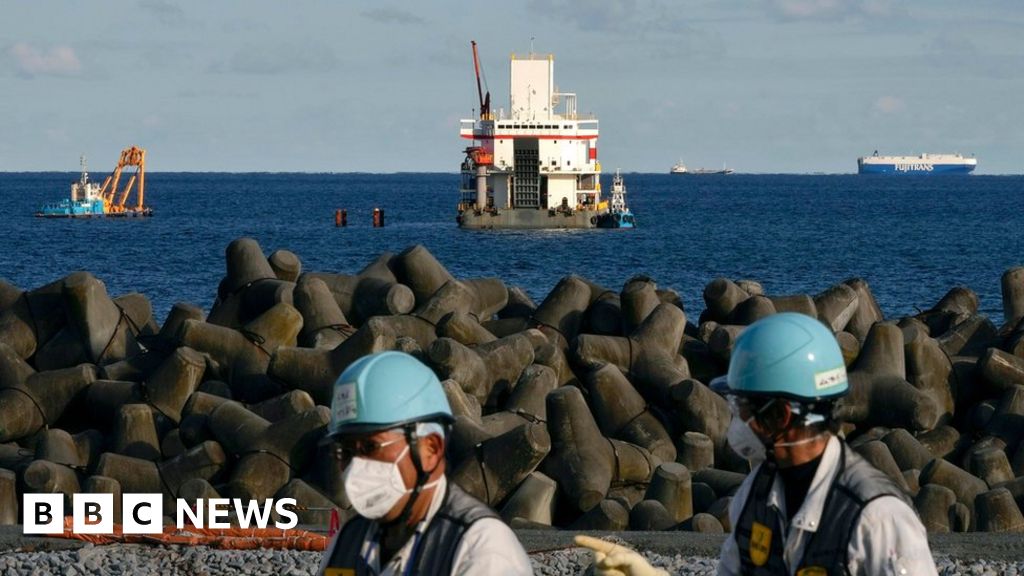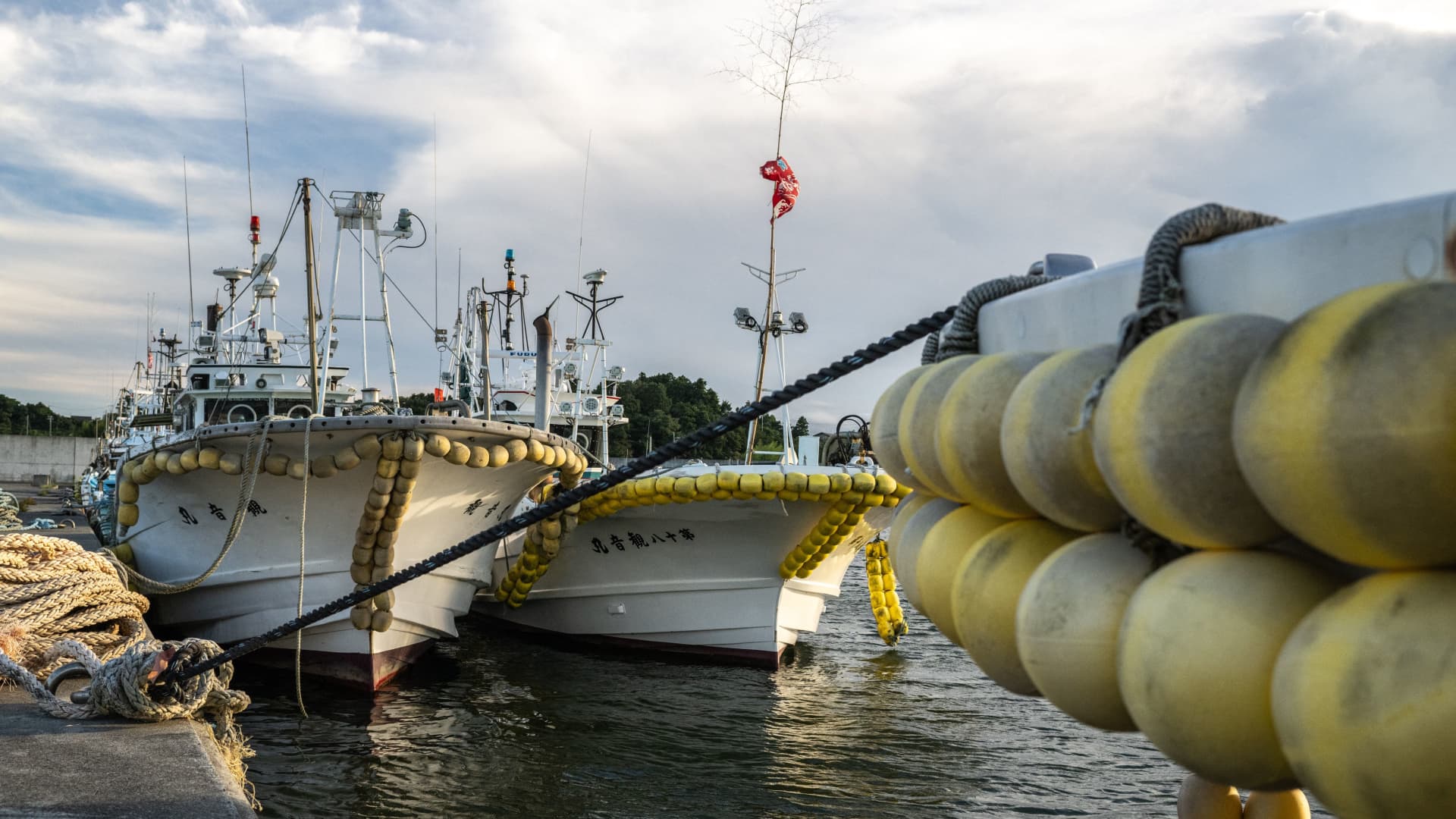The Fukushima Daiichi nuclear disaster of 2011 remaining parts in history as one of the worst nuclear accidents, setting off a devastating chain of events that scarred Japan and the world.
Presently, more than 10 years after the fact, Japan is ready to make a controversial step—releasing treated radioactive water from the tsunami-hit Fukushima nuclear plant into the vast expanse of the Pacific Ocean.
This decision has lighted a firestorm of discussion, raising worries about ecological effect, public health, and geopolitical relations.

Also Read: Hundreds of Ethiopian Migrants Killed by Saudi Border Guards
Sources about Fukushima nuclear disaster (For R&D)
- Everything about Fukushima nuclear disaster
- Fukushima Daiichi Accident
- Fukushima accident: Summary, Date, Effects, & Facts
- Fukushima disaster: What happened at the nuclear plant?
- Inside Fukushima Daiichi
- Decommissioning Plan of Fukushima Daiichi Nuclear Power
- What’s happening at Fukushima plant 12 years after meltdown?
- Why Fukushima Was Preventable
In the midst of mounting resistance and after the UN’s nuclear watchdog’s approval, Japan’s government has reported its purpose to start the gradual release of over 1.34 million tonnes of treated radioactive water from the Fukushima plant into the Pacific Ocean. This move has started overall conversations, ranging from scientific analysis to diplomatic confrontations.
The Fukushima Daiichi disaster unfurled on March 11, 2011, when a powerful earthquake and tsunami struck Japan’s northeast coast, triggering a catastrophic failure of the nuclear power plant’s cooling systems.
The subsequent implosions and blasts polluted the plant’s environmental elements with exceptionally radioactive material. From that point forward, efforts have been ongoing to mitigate the disaster’s long-term impacts.
In the consequence of the disaster, the plant’s administrator, Tokyo Electric Power Company (TEPCO), started the painstaking process of collecting and storing the contaminated water used for cooling the reactor cores.
Also Read: Lucy Letby Sentenced to Whole-Life Jail Term for Murdering 7 Babies
Over the years, these tanks have gathered a surprising 1.34 million tons of wastewater — a poisonous sign of the catastrophe.
Japanese specialists argue that the release of treated water is an essential step in the complex and costly process of decommissioning the Fukushima plant.
As space for capacity turns out to be progressively restricted, releasing the treated water into the sea is seen as a practical solution, but one that comes with its own set of challenges.
The decision to release radioactive water into the Pacific Sea has started fights and concerns both inside Japan and abroad. Opponents worry about the potential environmental impact of this action, as well as the potential risks to public health—especially for those who rely on fishing for their livelihood.
One key concern rotates around the presence of tritium and other radioactive isotopes in the treated water. While TEPCO claims that the water will be diluted and filtered to remove most radioactive substances, tritium—a hydrogen isotope remains a challenge.
Also Read: Bernardo Arévalo Wins Guatemala Presidential Election
Experts contend that while tritium emissions from nuclear plants are a common practice globally, the potential impact of releasing large amounts of tritium into the ocean requires careful consideration.
The declaration has caused huge discretionary strains, with China at the front of the resistance. China’s criticism centers around the notion that Japan is treating the Pacific Ocean as a “private sewer,” raising concerns about food safety, marine health, and the wider global ecosystem.
While certain experts declare that the release of treated water represents a negligible risk, others argue that the potential long-term impact on marine life and ecosystems warrants further research.
Public perception of the safety and morality of this decision remains deeply divided, highlighting the need for transparent communication and accountability.
The International Atomic Energy Agency (IAEA) plays had a vital impact in assessing the safety and feasibility of the water release. Its endorsement of the plan underscores the importance of aligning with international standards and ensuring minimal radiological impact. However, critics question the IAEA’s independence and call for continuous monitoring and transparency.
Also Read: Russia’s Luna-25 Spacecraft Crashes into Moon

/cloudfront-us-east-2.images.arcpublishing.com/reuters/5TK4L46NT5ICXJFAAS24MKRP4M.jpg)



















